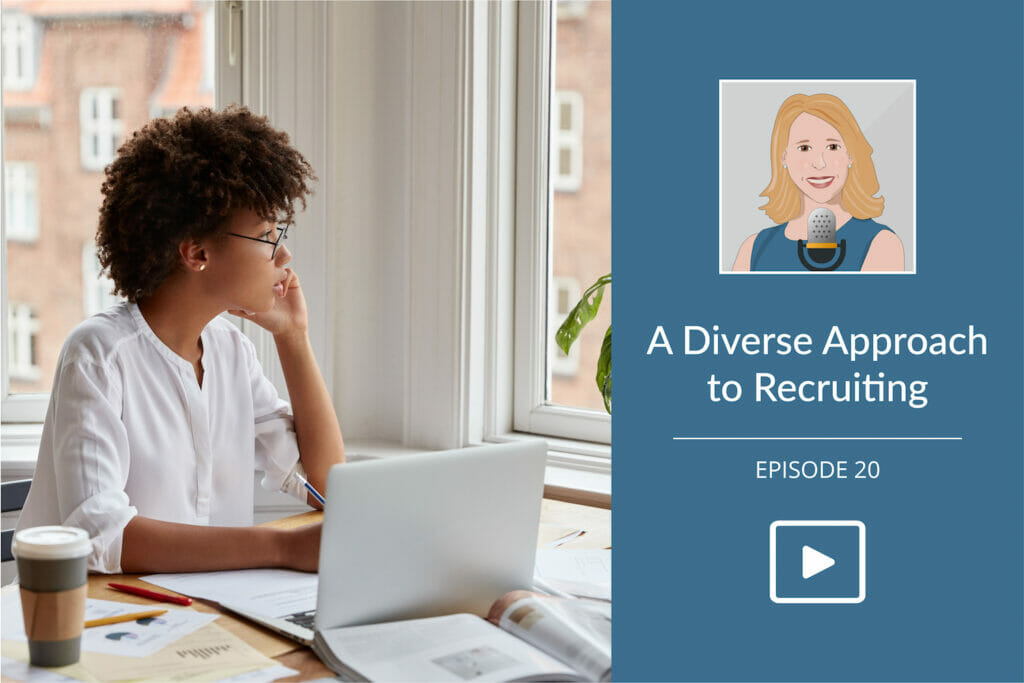
A Bias Toward Action
MAY 30, 2018
A Bias Toward Action
Perhaps you were one of many who missed your afternoon latte yesterday, but for those of us passionate about Diversity and Inclusion, we did not need our afternoon caffeine to feel the buzz of progress.
In a recent post, I commended Starbucks for yesterday’s investment in anti-bias training for over 175,000 employees as an important first step on the road to change. Still, others have criticized the initiative as not going far enough. Perhaps we are all right. For those of us committed to the design and delivery of professional development initiatives, this controversial incident has opened an important dialogue about the difference between “training” and “behavior change.”
We have all had that moment in time when we feel inspired to make real change. Consider two scenarios:
Scenario 1: You spent the weekend at a wellness retreat. You leave with such clarity about the healthy life you are going lead, but your plans come to a screeching halt when you wake up in your own bed and you are met by reality. All of the smart tips and ideas that you picked up over the weekend don’t live in your home or your office. By 3PM, your inspiring memories of the weekend have faded and they are headed to the “to do” archives of your busy mind.
Scenario 2: You arrive home from your weekend at the wellness retreat and notice several new posters and notices around your home with reminders about the commitment you made. You wake up and find your kids sitting around the breakfast table while your husband holds a “huddle” about the wellness plan for the day. On your desk at work is a personal note from your company’s CEO thanking you in advance for your commitment to wellness. She reminds you that there will be confidential resources available to you if you need to report any problems, find you are struggling, or need additional guidance.
The difference between Scenario 1 and Scenario 2 is like the difference between training that is moment-in-time, and training as one moment on the way toward long-term, reinforced “behavior change.” The right approach depends entirely on your business objectives. If your goal for training is to generate awareness or simply make people think, a one-day session can be very effective. However, if your ultimate goal for training is behavior change, a single session may lead to disappointing results.
When clients ask us to devise learning initiatives, we always dig deep to understand their business objectives and ensure we address behavior modification in support of those goals. When dealing with sensitive matters like diversity or anti-bias training, we prepare companies to expect a little discomfort before they can begin to grow and move forward. And finally, we spend as much time on a solid plan to measure the impact of training as we do the content itself.
Only time will tell, but I remain optimistic that after spending an estimated $16.7+ million to close their retail stores, that Starbucks is also thinking about long term behavior change. What might have been costly for Starbucks, could serve as a free wake up call for other companies who have not yet addressed the risk of unconscious bias. No matter where you are on your journey, if your organization is contemplating next steps for inclusion or culture change, please reach out to me at jaime.klein@inspirehumanresources.com or (917) 612-8571.



